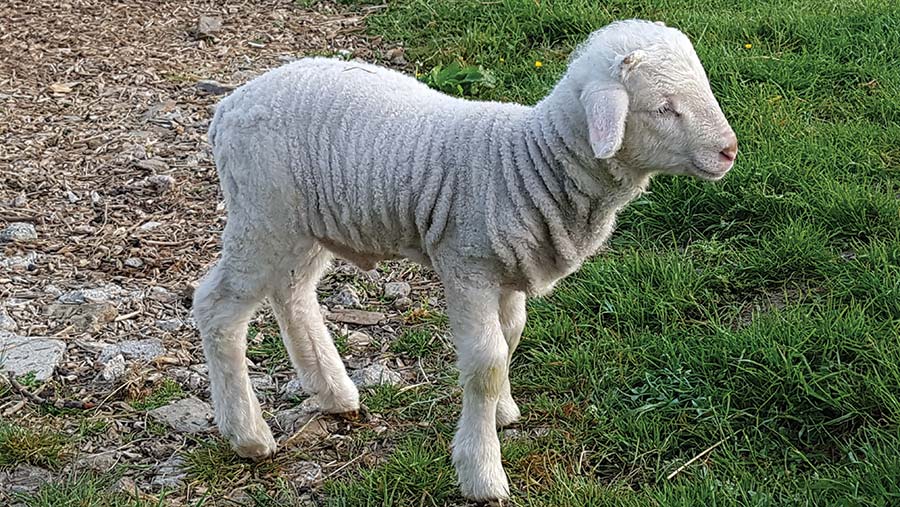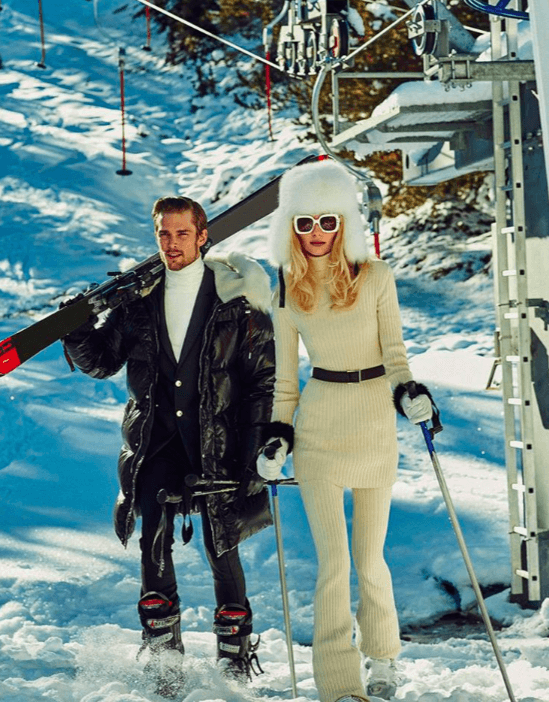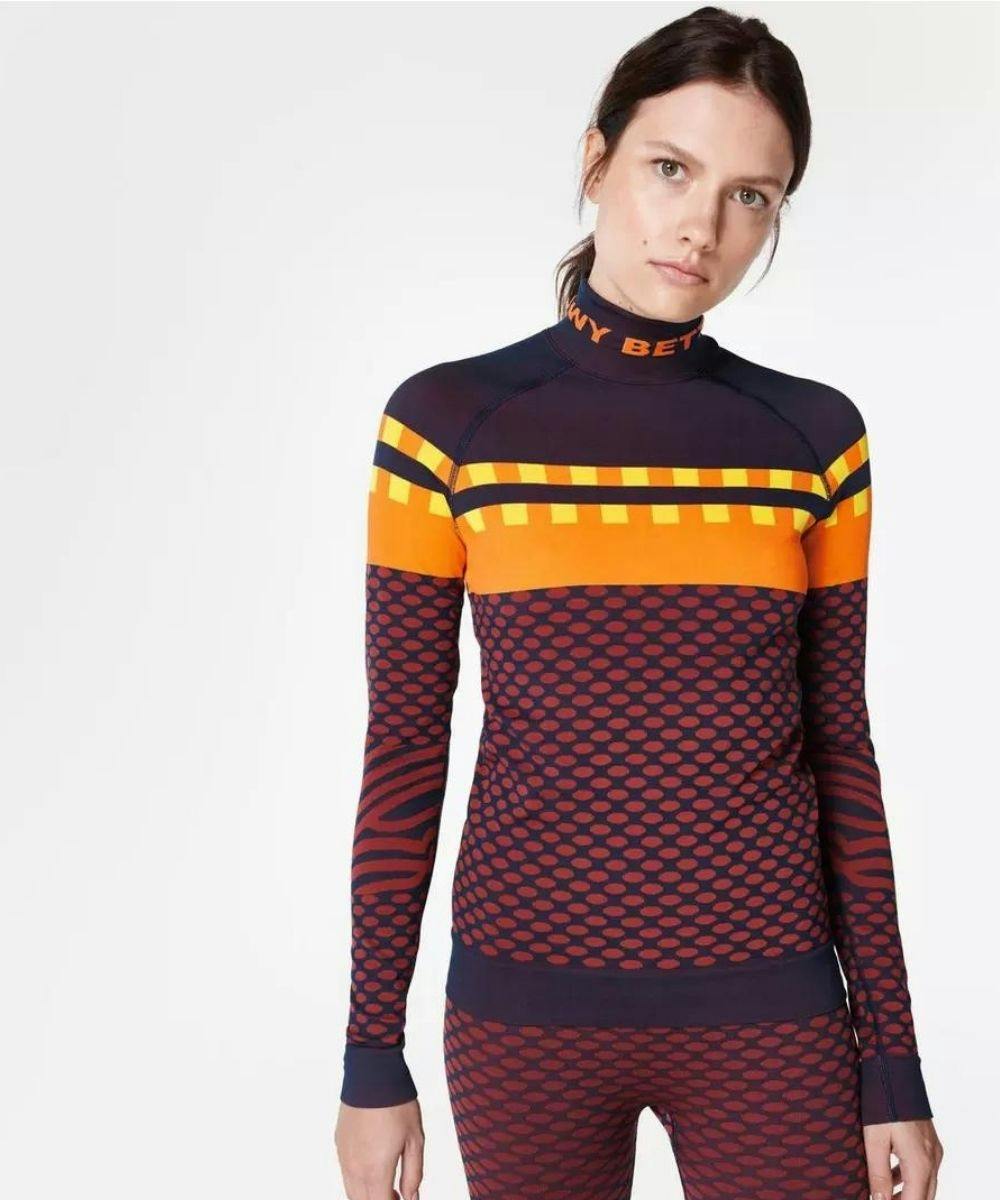Free Facts On Picking Merino Wool Base Layers For Hiking
Wiki Article
What Merino Sheep Breeds Do You Have? And What Is Their Distinctive Traits And Differences?
There are numerous Merino breeds to choose from Each with its own unique particularities. Here are a few of the most well-known Merino breeds of sheep and their differences. Spanish Merino: The Spanish Merino, one of the oldest Merino species, is known for its fine wool production and high yield. The breed is able to adapt to all environments and has an extremely high degree of resistance to disease.
American Merino- American Merino is also known as the American Merino, was developed in the United States in the 19th Century. It is known for its high-quality wool and its toughness. This breed is specially suited to cold climates and is resistant many common sheep diseases.
Saxon Merino - The Saxon Merino Merino breed is a very delicately boned Merino sheep that is famous for its soft and fine wool. This Merino breed is smaller than the other and is able to withstand hot and dry conditions.
Peppin Merino - The Peppin Merino was an Australian breed which was created in the 19th century. This breed is well-suited for the dry and hot climate of Australia because of its superior wool quality.
Rambouillet-The Rambouillet Merino Sheep breed was developed in France in the 18th century. This breed is famous for its adaptability to various environments and its hardiness. Rambouillet wool is typically rougher than other Merino breeds, yet it is still highly prized for its quality.
Polwarth - The Polwarth Merino breed was developed in Australia during the latter part of the 19th century. The breed is renowned for its soft and beautiful wool, and is especially well-suited to the wet and cold conditions of the southern part of Australia.
The particular Merino breed as well as the environment in which they were raised will determine the unique qualities and characteristics of Merino sheep. Breeders are often looking for specific characteristics, such as high-quality wool or toughness. They also seek adaptability so that new Merino breeds are created.

How Do Lightweight, Mediumweight And Heavyweight Merino Base Layers Differ?
The fabric's warmth and thickness is the most significant difference between lightweight, mediumweight and heavyweight Merino wool base layers made of sheep. Below is a breakdown of distinctions between the three kinds of base layers. Lightweight Merino wool base layers are typically made from a thin and breathable fabric that is ideal for mild to cool conditions. This base layer is ideal for intense activities, in which there is a chance of sweating and need fabrics that are able to retain moisture and help keep you cool. These can be used in colder temperatures to serve as a base layer under other layers.
The middleweight Merino wool base layer is made of thicker fabrics that provide more warmth and insulation than lighter base layers. This layer is ideal for moderate-to-low-intensity sports for example, where you don't expect to sweat often.
The thickest and most warmest Merino wool base layer is heavyweight Merino wool. It's made for extreme cold winter conditions. This kind of base layer is ideal for activities that are low-intensity, in which you aren't likely to sweat like skipping or snowshoeing.
Think about the weather conditions you're likely to experience and the kind of activity you will be engaging in. A lightweight base layer is suitable for activities that require a lot of energy in cool to mild conditions, while a medium-weight base layer is perfect for cool to cold weather and low to moderate intensity activities. For activities that require low intensity and extremely cold weather, a thicker base layer is recommended. Be aware that you can layer up or down according to the conditions, so it's best to select a layer that's slightly heavier than it is too heavy. Be sure to ensure that the base layer is properly fitted and allows full motion. Go find koraoutdoor.com for thermal ski clothing for website examples.

What Makes Merino Wool Combined With Himalayan Yak Wool A Great Base Layer To Ski On?
Blending Merino wool with Himalayan Yak wool is an ideal combination as a base layer to use for skiing because it combines the advantages of both fibers. Merino wool's remarkable control of temperature, moisture-wicking, and softness are widely known, as is Himalayan wool's warmth and durability are well-known. Combining these two fibers makes a base layer which is warm, breathable and moisture-controlled. It's ideal for skiers. The Merino wool helps regulate the body's temperature, and also wicks sweat away from your skin, making your body cool and dry. The addition of yak wool, which is warm in winter conditions, adds an additional layer of insulation. Merino wool mixed with yak yarn is extremely robust and will endure the wear and tear. It's a great base layer to use for more intense activities like skipping. Merino wool paired with Himalayan-yak wool makes a base layer that is ideal for skiing and other winter activities. Go try this best base layer for hiking info for more advice.

Merino, Himalayan And Yak Wools Are The Best Yarns To Make Ski Wear.
Merino wool and Himalayan Yak wool are great options for ski clothes for several reasons Warmth- Both Merino wool and Himalayan Yak wool are extremely efficient in insulators. This means they will keep you warm even in cold weather conditions. They have a high weight-to-heat ratio. That means they are light and comfortable to wear, but also provide great insulation.
Moisture management Merino and Himalayan wools are excellent at reducing moisture. Both have moisture-wicking characteristics, which means that they absorb moisture from skin and transfer it into the outer layer of the fabric where it will evaporate.
Breathability Merino and Himalayan wools are extremely breathable. This allows for air to circulate through their fabric. It helps regulate the body's temperature and helps prevent overheating. This is essential for clothing that you wear to ski, since it lets you remain comfortably while skiing.
Comfort- Merino wool as well as Himalayan yak wool are naturally soft and comfortable, making them ideal for wearing close to the skin. They are extremely flexible and stretchy which allows for full movement and mobility.
Sustainability- Merino Wool as well as Himalayan Yok Wool are both naturally and renewable fibers that are able to be biodegraded and recycled. These fibers are more sustainable than synthetic materials such as nylon or polyester as well as less harmful to the environment.
Merino wool and Himalayanyak wool are excellent alternatives for ski-specific clothing. They are warm and breathable, as well as moisture-wicking. They are durable, and comfortable which makes them a great option for those who want to be comfortable and secure when skiing.